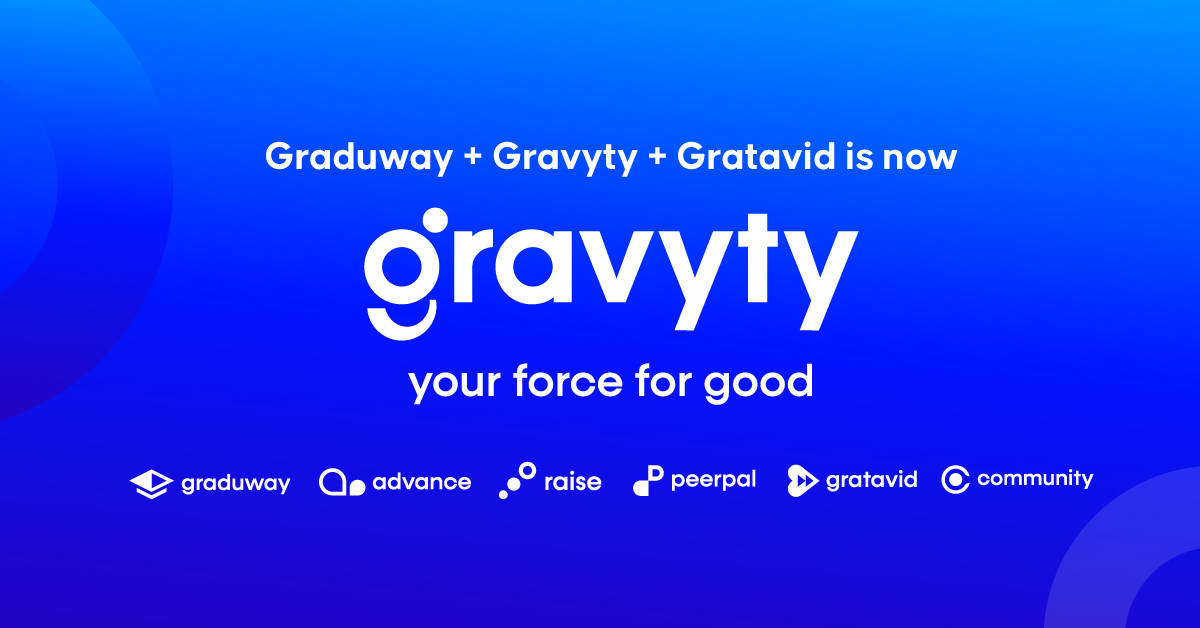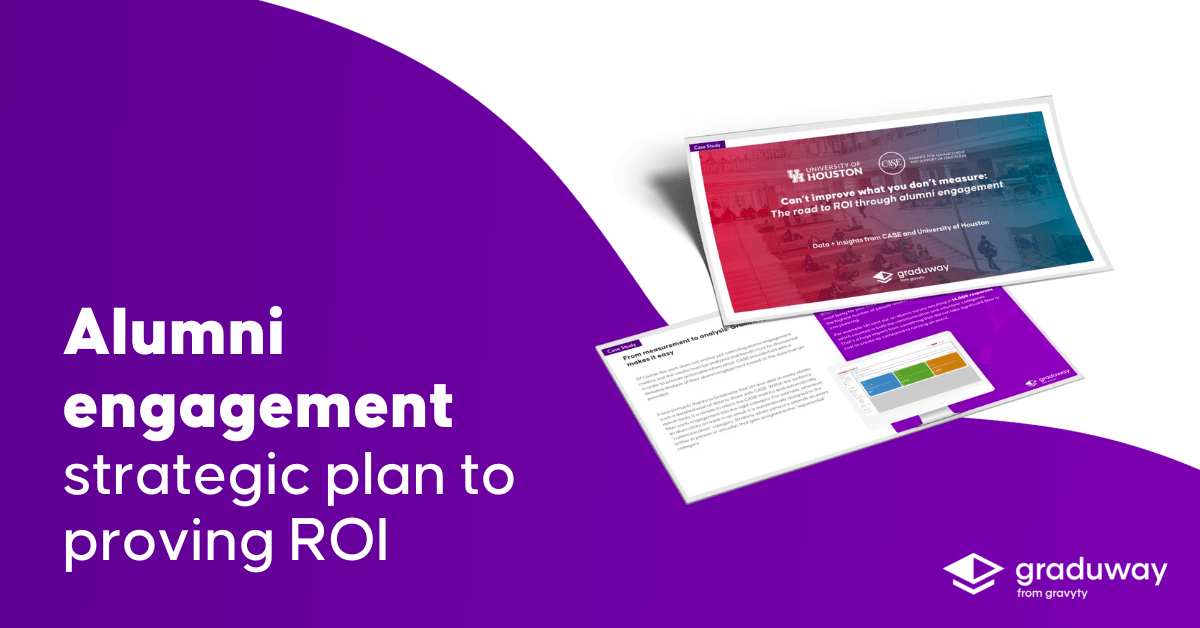How to achieve the UN’s Sustainable Development Goals with a Community platform

Corporate Social Responsibility for nonprofits and corporations
CSR stands for corporate social responsibility and refers to a management concept whereby companies or nonprofits integrate social and environmental concerns into their business operations.
Because of their large following and broad reach, business and nonprofit leaders have a real opportunity to effect genuine changes that benefit society at large.
A truly successful company, by today’s standards, is much more than a profit-producing machine; it is an entity that cares about society at large and aims to make a positive impact in some way. CSR is an important way in which both businesses and nonprofits can demonstrate their commitment to helping others and giving back to our global society.
To date, each company or nonprofit was free to draft its own CSR policies, but there is now a new kid on the CSR block in the form of the UN’s 17 Sustainable Development Goals (SDGs) where companies can draw inspiration and decide what their focus will be moving forward.
Get the guide
How to use a Community platform to ensure your CSR initiatives align with the UN’s 17 Sustainable Development Goals
What are the United Nations 17 Sustainable Development Goals?
The UN intended its 17 Sustainable Development Goals to act as a universal call to action for governments, corporations and nonprofit organizations around the world to play their part in ending poverty, protecting the planet and improving the lives and prospects of everyone everywhere. The 17 goals were adopted by all UN member states in 2015 as part of the 2030 Agenda for Sustainable Development which set out a 15-year plan to achieve the goals. A total of 17 SDGs with 169 associated targets are set to be achieved by 2030.
The UN’s Sustainable Development Goals seek to put an end to some of the world’s most devastating problems:
- End poverty in all its forms everywhere
- End hunger, achieve food security and improved nutrition, and promote sustainable agriculture
- Ensure healthy lives and promote well-being for all at all ages
- Ensure inclusive and equitable quality education and promote lifelong learning opportunities for all
- Achieve gender equality and empower all women and girls
- Ensure availability and sustainable management of water and sanitation for all
- Ensure access to affordable, reliable, sustainable, and modern energy for all
- Promote sustained, inclusive, and sustainable economic growth, full and productive employment, and decent work for all
- Build resilient infrastructure, promote inclusive and sustainable industrialization and foster innovation
- Reduce inequality within and among countries
- Make cities and human settlements inclusive, safe, resilient, and sustainable
- Ensure sustainable consumption and production patterns
- Take urgent action to combat climate change and its impacts
- Conserve and sustainably use the oceans, seas, and marine resources for sustainable development
- Protect, restore and promote sustainable use of terrestrial ecosystems, sustainably manage forests, combat desertification, and halt and reserve land degradation and halt biodiversity loss
- Promote peaceful and inclusive societies for sustainable development, provide access to justice for all, and build effective, accountable, and inclusive institutions at all levels
- Revitalize the global partnership for sustainable development
While the SDGs are not (yet) legally binding, countries are expected to take ownership and establish a national framework for achieving these 17 Goals.
In fact, over 12,000 companies based in over 160 countries in nearly every sector have committed to aligning strategies and operations that advance these societal goals.
The UN’s SDGs impact all companies and nonprofits around the world who are being asked to align at least some of their CSR initiatives with the UN’s 17 SDGs.
Benefits of adopting a Corporate Social Responsibility policy
As well as having the satisfaction of knowing you are playing your part in making the world a better place, developing a CSR roadmap offers your organization other compelling benefits:
- Better brand image—Companies and nonprofits that adopt successful corporate responsibility initiatives tend to have a better brand image and are perceived more favorably by the public.
- Let everyone know what you stand for—The CSR initiatives to which you are committed can act like a public announcement regarding your core values.
- Attract talent and support—Laying out your CSR commitment in a clear way can make it easier to attract the right kind of talent to work for your organization as well as increase customer/donor loyalty and commitment.
- Increased revenue/donations—At the end of the day, your positive CSR efforts will very likely contribute to increased revenue (from donations or business activities) and to organizational growth.
Why align your Corporate Social Responsibility policy with the UN’s Sustainable Development Goals
Because of widespread support for the UN’s SDGs, aligning at least some of your CSR goals with these 17 goals is likely to be well-received and show that your organization is forward-thinking and takes its social responsibilities seriously.
The United Nations SDGs offer a focal point for your CSR activities. Every organization wants its CSR initiative to resonate with its community of followers, customers, donors and admirers. The UN’s carefully-researched goals suggest a framework for solving some of mankind’s most pervasive problems and, as such, will resonate widely with many people.
While it probably isn’t realistic to create action steps around all 17 of these goals, at least some of them are likely to be relevant to your organization.
If you haven’t done so already, it is a good idea to set up a committee to explore which of the UN SDG goals can be woven into your CSR policy and how to go about it.
The UN’s dedicated minisite is a great source of information and a good place to start your research into this important topic.
Get the guide
How to use a Community platform to ensure your CSR initiatives align with the UN’s 17 Sustainable Development Goals
7 Best practices for achieving a Sustainable Development Goals-driven Corporate Social Responsibility strategy
To reap the full business benefits of an organization-wide corporate social responsibility policy, you will need a strategy that aligns with your brand and core values which will attract the right kind of support for your organization.
The following will help you improve the outcomes of any CSR activities:
1. Choose the right place to start with your CSR strategy
17 SDGs with 169 associated targets is quite a large number, and your organization is not expected to tackle all of them. In fact, developing a CSR strategy around even one of the SDGs can be a huge job, so aim to start small and you can always expand to other SDGs later on.
When choosing where to begin, think about the activities your organization is engaged in and your core values and select one or two SDGs that best fit your organization’s goals and objectives.
2. Find out what your community cares about
If you really want to make an impact, you need to develop CSR initiatives that resonate with your audience. If people care about what you’re trying to do and why you’re trying to do it, they will go the extra mile to support you to the very best of their abilities.
Depending on the type of organization you run, the people you need to talk to are your customers, donors, employees, and the community that lies within your sphere of influence. These are the people whose opinions should matter most to you, so take the time to determine whether the social projects you are planning to launch are a good fit for their passions and interests.
The best way to understand what your community cares about is to go out and ask them. Here are some ideas on how to do this:
- Run focus groups—Invite people to an event where you discuss important topics and ask your audience for their input.
- Poll your community—Create a poll, either on social media or through your nonprofit community platform (if you have one) where you delve deep into the things that make your audience tick
- Run events—By running events—whether the focus is charitable, educational or something else—you draw people in and create opportunities to get to know your audience better in a non-threatening way.
- Ask for feedback—Sometimes it’s OK to ask for the feedback you want directly. Send an email or a broadcast message on your community platform asking the questions you need answers to. This could be a specific question, such as, “How do you feel about our policy on X?” or a more general question like, “How can we improve our CSR projects so they better resonate with your values?”
3. It’s okay to steal ideas sometimes
In his book, Steal Like an Artist, Justin Kleon says, “All creative work builds on what came before. Nothing is completely original.” The same can be said within the corporate and nonprofit world. If another organization is doing a great job in one of its CSR projects, it can actually be a complement to try and emulate them. We are not talking about downright copying. Rather, you can use someone else’s ideas as a springboard for your own creativity.
So, take a look at what CSR initiatives others in your field or local area are implementing, and see if you get ideas that can help you with your own projects.
You could even launch a networking group—either online or in-person—where you meet and discuss CSR-related topics, perhaps even specifically exploring how to align your CSR activities with the UN’s SDGs.
4. Engage your team and get them excited
A successful CSR program will involve the work of many hands. To make your social responsibility program thrive, you won’t only need buy-in from staff, senior management, volunteers, and key stakeholders in your organization, you’ll also need their enthusiasm, dedication and hard work.
To get people excited about what you are trying to do, get them involved from an early stage. Ask your team for feedback on the CSR initiatives you have planned, involve them in strategic planning and give them roles to perform. By empowering your staff and community to get actively involved from project inception, they will be more committed and dedicated.
Don’t forget to encourage your team to voice negative as well as positive feedback. Establish clear lines of communication—e.g., through a community platform—where you encourage those involved in implementing your CSR initiatives to share their thoughts as often and as freely as they wish.
5. Build mutually supportive partnerships with other organizations
Whatever CSR goals you have selected, there are likely to be other organizations around you that are doing the same or similar. Reach out to some of them and see how you can support each other’s commitments.
Try to think about how you can help others as well as how they can help you. If your organization has particular expertise in a field that can help another organization, reach out and offer to collaborate. What goes around comes around and this supportive attitude is likely to result in positive kickbacks for you somewhere down the line.
6. Communicate your goals clearly and transparently
Once you’ve established the CSR initiatives you plan to launch and have buy-in from your community, it’s time to get the word out to a wider audience. Publish your CSR policies on your website where they can be readily found by anyone interested.
Make sure you include:
- Objectives—What you hope to accomplish
- Impact—Who you hope to positively impact
- Call To Action—How people can get involved or help out
7. Strive to be better, always
CSR is a process and you won’t necessarily get everything right the first time. If you’re willing to listen, learn, and improve, you will eventually create programs that resonate with your community and have the desired impact.
Use any communication channels you have to reach out to your community and find out how your projects are being received and where you can improve.
You can also collect data and feedback to help you evaluate your projects through interviews, surveys, and questionnaires, online or offline focus groups and public forums. If you’re running online events or sending out questionnaires and emails, you can use the data capabilities of your community platform to measure attendance or open rate and thereby get a good idea of how well you are doing.
How to achieve Sustainable Development Goals through your CSR with Community from Gravyty
Community from Gravyty is a digital platform that helps nonprofits and corporations unleash the full power of their community.
Use Community from Gravyty to engage your community with a state-of-the-art virtual networking experience, a personalized feed, a directory to connect with their peers, and a platform to host virtual events. All from one place.
When it comes to implementing your CSR strategy, internal communications is key (both to current employees, stakeholders and more). Community from Gravyty will allow you to easily and directly communicate your initiatives to your community, rally support, gather feedback, recruit and manage staff and volunteers, and a whole lot more. Book your free demo.



